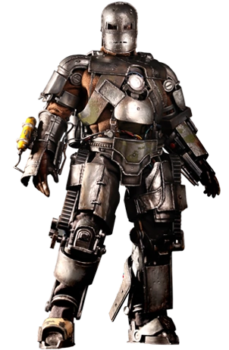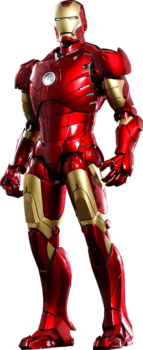When developing a new product or technology, entrepreneurs often encounter various terms that describe different stages of their progress. Three common terms in the startup and innovation world are Proof of Concept, Prototype, and MVP (Minimum Viable Product). While they share similarities, they serve distinct purposes and are crucial in the development and validation of a new idea. Let’s explore the differences between them:
Proof of Concept (PoC): Can Exist
Definition: A Proof of Concept is a preliminary demonstration to verify that a concept or idea is technically feasible. It aims to answer the question, “Can this idea exist or work?” At this stage, the focus is on testing the core technology or fundamental concept to ensure it can be realized.

Characteristics:
- Simplicity: PoCs are often simple and scaled-down versions of the final product, focusing on a specific aspect of the technology
- Limited functionality: They typically have limited features beyond the core concept being tested.
- Quick and cost-effective: The primary goal of a PoC is to test feasibility, so it is built quickly and with minimal investment.
- Looks horrible! Might look like it is held together with tape and spit
- In software, this can look a schematic, a no-code app, an idea on paper, something built during a weekend hackathon, a video, a rendering
- In hardware, this can look like something created out of cardboard, held together with double-sided tape with off-the-shelf parts, a mockup, or a simulation
Prototype: Does Exist and Works
Definition: A Prototype is a more advanced and refined version of the Proof of Concept. It goes beyond the basic feasibility and concentrates on creating a tangible representation of the product. The objective is to evaluate the design, user experience, and functionality.

Characteristics:
- Design validation: Prototypes allow for user testing and feedback, helping to refine the design and user interface
- Iterative improvement: Entrepreneurs use prototypes to identify flaws and make iterative improvements before the final product development
- Medium to high fidelity: Prototypes can be low, medium, or high fidelity, depending on the complexity and purpose
- In software, the time it takes to go from PoC and Prototype is incredibly fast while this can take a while to implement in hardware
- In hardware, the prototype involves creating a 1st design version that may have a 3D printed casing
- This is probably where your closed beta customers, early adopters, pilot programs will come in to test things out and see what works. Your team will need to learn everything from those customers and users. If you are launching a crowdfunding campaign for something that hasn’t existed, this is the stage you are probably at. Also known as the Pre-seed stage in terms of startup stage
- You may have several versions of the prototype based on customer feedback
- It needs to provide the value that customers expect
Minimum Viable Product (MVP): Works and Solves Problem
Definition: An MVP, short for Minimum Viable Product, is the first version of a product with enough features to satisfy early adopters and gather feedback for future development. The primary goal of an MVP is to test the product hypothesis with real users and validate its market potential. In all future versions, other additional features might change but the minimum features included in the MVP will stay.

Characteristics:
- Minimal but functional: An MVP includes the core features necessary for users to get value from the product but without unnecessary frills.
- Customer feedback: It allows entrepreneurs to collect user feedback, understand user needs, and validate assumptions.
- Iterative development: Based on user feedback, MVPs are continuously improved and expanded.
- Once customers tell you the features they really want and you have tested in all environments that you plan to sell in, you can now create a version that is ready for market
- This version is already better than existing solutions, so even if you don’t improve on it people will still buy this because it solves the problem of the whole market that you are targeting and you can achieve product-market fit with this MVP.
- In software, some parts of this MVP may be running manually in the background (Wizard of Oz MVP), or need to be customized for some customers but by and large they are acceptable to all customers.
- The user experience of any versions created after the MVP only gets better. Whether it becomes more automated, performs tasks faster, or becomes cheaper to use.
In summary, Proof of Concept demonstrates technical feasibility, Prototype showcases design and functionality, while Minimum Viable Product allows entrepreneurs to test their hypotheses in the real market. These stages are not necessarily sequential; some startups may build a PoC before a prototype, while others might skip PoC and directly create an MVP. Understanding these differences is vital for startups and innovators, as it helps them effectively communicate their progress to stakeholders and investors, leading to a more successful product development journey.
